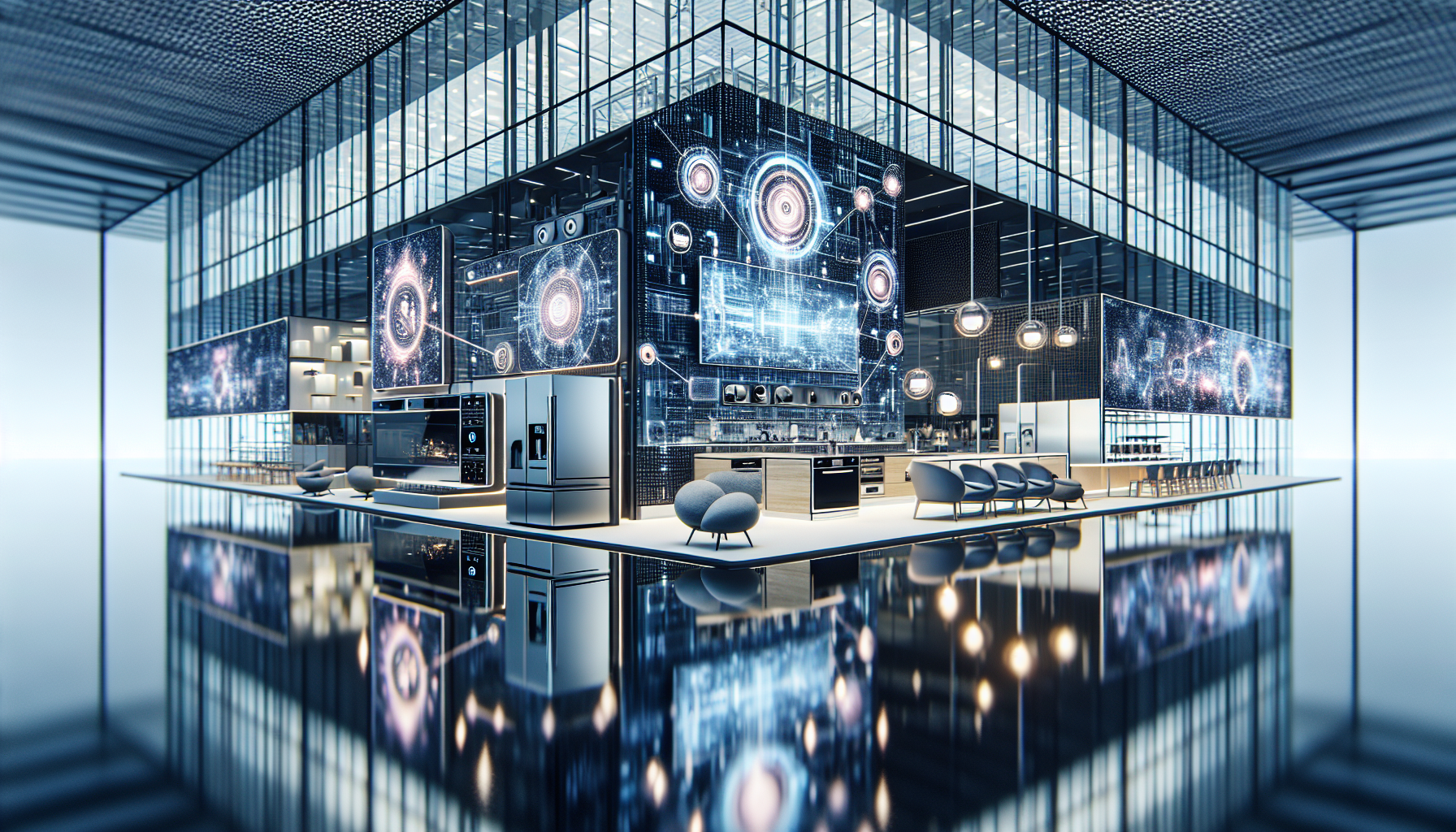
Beyond the Glass and Steel: The Invisible AI Revolution at IFA Berlin
When you picture a massive tech conference like IFA Berlin, what comes to mind? Gleaming walls of ultra-high-definition TVs? Sleek, futuristic kitchen appliances? The latest in audio wizardry? You wouldn’t be wrong. For decades, these events have been a showcase of hardware, a tangible feast for the senses. But as Alasdair Keane’s recent exploration for the BBC highlights, if you’re only looking at the physical products, you’re missing the real story.
The true revolution at this year’s IFA wasn’t in the brushed aluminum or the curved glass; it was in the code, the algorithms, and the invisible network of data flowing through the exhibition halls. It was a showcase of how software is not just eating the world, but fundamentally redefining what our devices can do. For developers, entrepreneurs, and tech professionals, the message was clear: the future isn’t just about building things, it’s about making them think.
The Shift from ‘Smart’ to Truly ‘Intelligent’
For years, the term “smart device” was a marketing buzzword that often just meant “connected to the internet.” Your fridge was smart because it had a Wi-Fi chip. Your lights were smart because you could control them with an app. This was connectivity, not intelligence. What we saw at IFA Berlin represents the next evolutionary leap, powered by a massive surge in accessible artificial intelligence and machine learning.
Today’s devices are moving beyond simple commands to predictive and adaptive behavior. Imagine a smart oven that doesn’t just follow a pre-programmed recipe but uses computer vision to monitor your food, adjusting temperature and cooking time in real-time to prevent burning. Or a washing machine that uses sensors to analyze the fabric types and soil levels in a load, then automatically creates a custom wash cycle to optimize water and energy usage. This is AI in action—not as a distant concept, but as a practical tool for everyday life.
This leap requires sophisticated programming and robust algorithms. The machine learning models behind these features are trained on vast datasets to recognize patterns, make predictions, and learn from user behavior. For the startups and established companies on display, the new competitive advantage isn’t just superior hardware engineering; it’s the intelligence of their underlying software.
The Unsung Hero: Cloud and SaaS Integration
None of this on-device intelligence would be possible without its silent partner: the cloud. The most powerful innovations showcased at IFA rely on a constant, seamless connection to powerful off-site servers. Your smart speaker’s witty response isn’t generated by the little puck on your counter; your query is sent to the cloud, processed by a massive AI model, and the answer is sent back in a fraction of a second.
This architecture is fundamentally changing the business of technology. We are moving away from one-time hardware sales to a SaaS (Software as a Service) model, even for physical goods. When you buy a smart device today, you’re also buying into an ecosystem of ongoing software updates. Your TV gets new features, your security camera gets smarter threat detection, and your thermostat learns your schedule more efficiently over time—all delivered via the cloud.
For entrepreneurs and developers, this is a monumental opportunity. It means the product you ship on day one is just the beginning. You can iterate, improve, and add value for your customers long after the initial purchase. This creates recurring revenue streams and fosters long-term customer loyalty, a model that has long been the gold standard in the software world and is now dominating hardware.
Automation: The Promise of a Seamless Future
One of the most powerful applications of all this interconnected intelligence is automation. The ultimate goal is to create an environment that anticipates our needs and reduces the friction of daily life. The tech at IFA is a testament to this ambition.
We’re seeing the rise of holistic home ecosystems where devices from different brands communicate to create complex automation routines. For example:
- Your alarm clock disarms the home security system.
- The smart blinds open gradually to let in natural light.
- The coffee machine starts brewing your morning cup.
- Your smart speaker briefs you on your calendar and the weather.
This level of integration is a massive challenge in programming and API design, but it’s the holy grail for consumer tech. It’s about creating experiences, not just products. The


